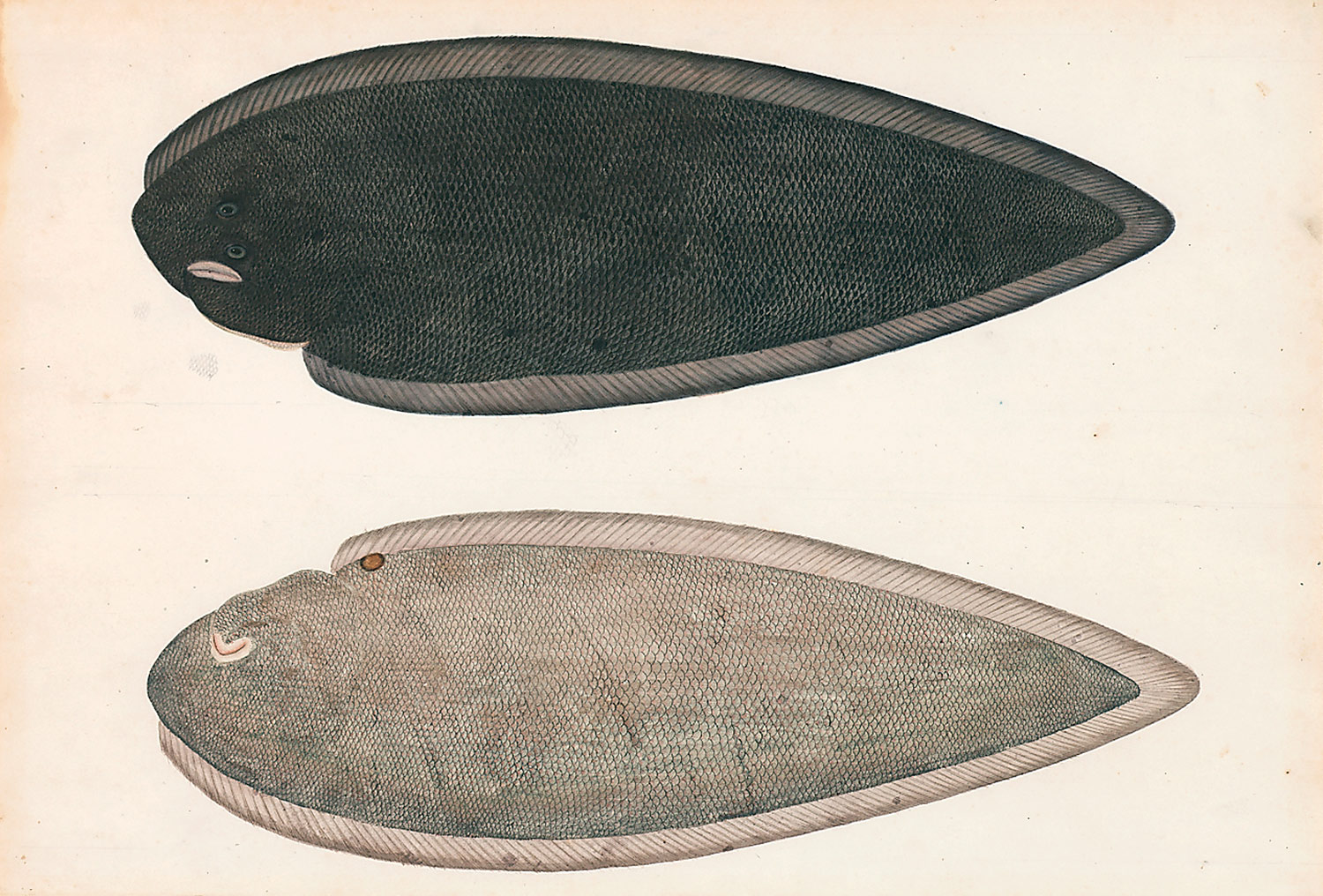Company Paintings stimulated during the late 1700’s in different cities across India. During this time, the British colony was in control of India, the colonized. Many English travelers began to move into India from England for both long term and short term trips. During these trips, many modern travelers documented their visits through photographs. On the other hand, many aesthetic travelers preferred the subject matter of original hand paintings depicting different localities, nature, and architecture around India. These European travelers hired Indian artists to paint these still life’s for them to then take back home to England. The appreciation of India along with the skill of its own people came together in a unique synthesis and visual form between the colony and the colonized to evoke rich historical artwork with a foreign touch. This traditional watercolor and ink fusion of early European style art expressed by Indian artists who painted traditional Indian relics expressed skills of shading and linear perspective. Detailed lines and the use of royal and neutral tones such as deep blues and browns added to the images. Prior to this artwork, traditional Mughal paintings were famous. Once the British colonizers began to take over much of the country, the Company Paintings took off. It can be said that both the foreign travelers along with the traditional Indian artists supported this painting style. This hybrid and blend between the Indian people and the protectorate was an ironic outcome with artwork of its own.

Abstract Indian artist and Hindi author Ram Kumar was born in the small hill station of Shimla in 1924. He attended Delhi University where he studied economics. Minimally taking part in art exhibitions, he later on travelled to Paris by boat to work under artists Andre Lhote and Fernand Leger. He is famously categorized as a post-colonial Indian artist. He feels most comfortable using acrylic and oil paints. Human condition is the main evolving theme that Kumar expresses in his abstract artworks. One can say that living for most of his life in Delhi, India; he was surrounded by people, the busy Indian life, along with the influence of other such cities around the nation. Focusing on the main city of Varanasi, a cultural and historical pilgrimage site in India, Kumar was able to depict paintings with the unique and ethnic Indian touch to his works. Living in India, Kumar took what we normally see as everyday norms such as streets and buildings making people look at things from a different most aesthetic point of view. Similarly, after living in Paris, Vienna and London, his inspiration for abstraction began to spark as well. While most Indian artists were not as fortunate to travel outside of the country, Kumar brought forward national themed artworks with European styles of color and abstraction. More Hindu and Buddhist inspirations such as nirvana and the cycle of samsara also became strong influences in Kumar’s artworks. Now in his 90's, he is still living and is currently residing in the capital of New Delhi.

Banares 2 (Varanasi, India)
http://k10mehta.blogspot.in/2010/01/all-things-art-ram-kumar.html
http://www.saffronart.com/artist/artistprofile.aspx?artistid=164
http://www.theartstrust.com/artistprofile.aspx?artistid=46&name=Ram Kumar
gud1
ReplyDelete